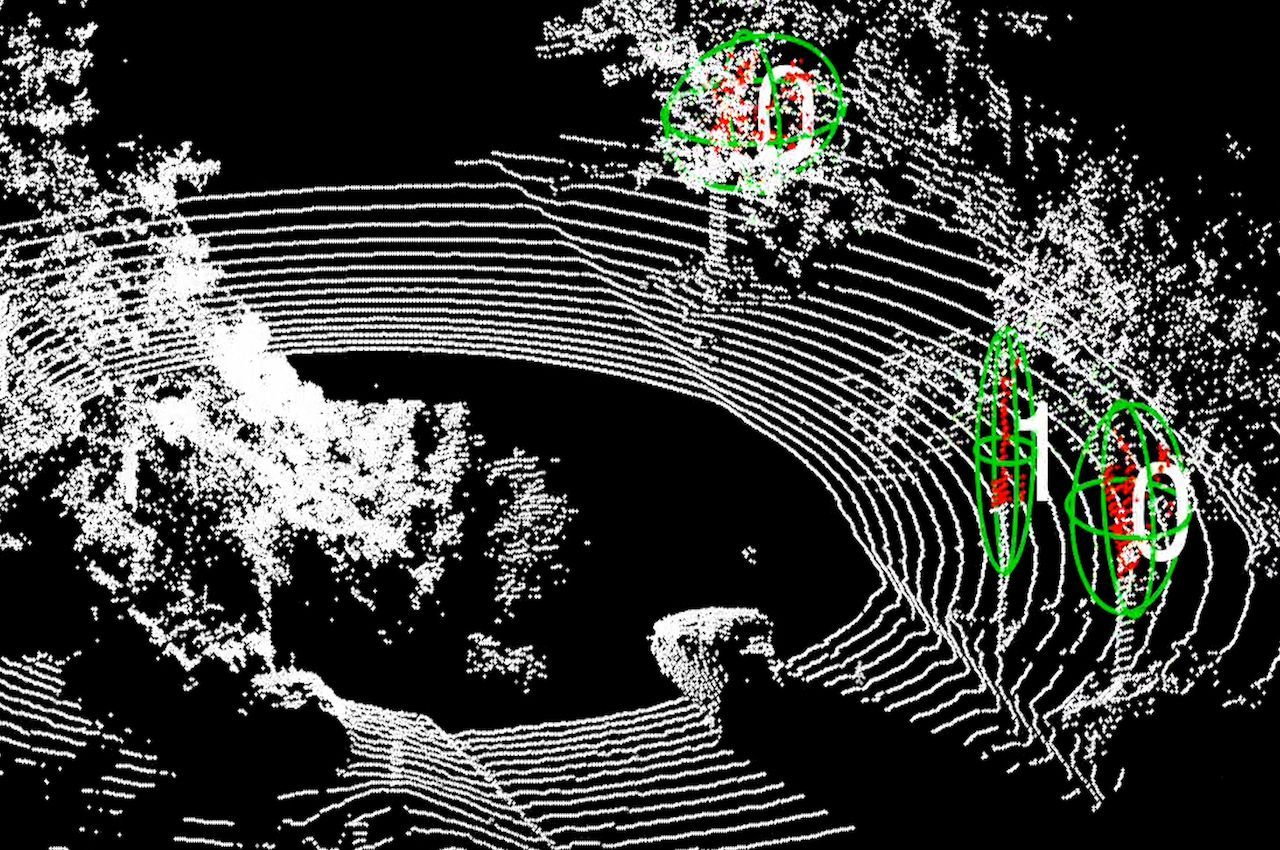Transmitting Safety: Taking on the Cybersecurity Threats to Transportation
Frank Gunsaulus Faculty Fellow in Mechanical and Aerospace Engineering Boris Pervan: In positioning navigation and timing, any type of surface vehicles—ships, cars, trucks, trains, transportation systems—are heavily reliant on global navigation satellite systems, including GPS. These technologies right now are not encrypted in any way. They’re not authenticated. They can be disrupted by means of radio frequency interference. They can be manipulated, providing counterfeit signals. Cyber-physical disruption can result in physical disaster situations—a vehicle is led off track, an entire city is shut down, an aircraft being steered into the ground. We’re aware that this thing can be done. It’s basically people’s lives are at stake.
CARNATIONS, we’re a Department of Transportation Tier One Transportation Center. We have a consortium of universities led by Illinois Tech. Our goal is to ensure the security of cyber-physical systems and transportation, to develop new technologies to protect against cyber-physical threats to position navigation and timing systems in transportation. We’ll also be focusing on the intersection of all those import operations where ships, trucks, trains all come together, and those are single points of failure.
This DOT center allows us to cover any type of transportation system. What we think we’re doing in our research is to try to imagine the worst possible thing and try to defend against that. Consider a terrorist-type situation where a person actually wants to take over another vehicle and not be detected. It’s been done in the laboratory. It’s been done out in the field under controlled environments, and we know that it’s been done out in the wild. What we want to do is put together kind of a holistic program that will produce people who have either engineering knowledge, but in addition have this package that makes them ideally suited for working in the transportation industry. In terms of technology development education and workforce development, we’re going to work with government and industry to help define standards for avionics or ground vehicles, surface vehicles in order to be able to protect against these scenarios.




